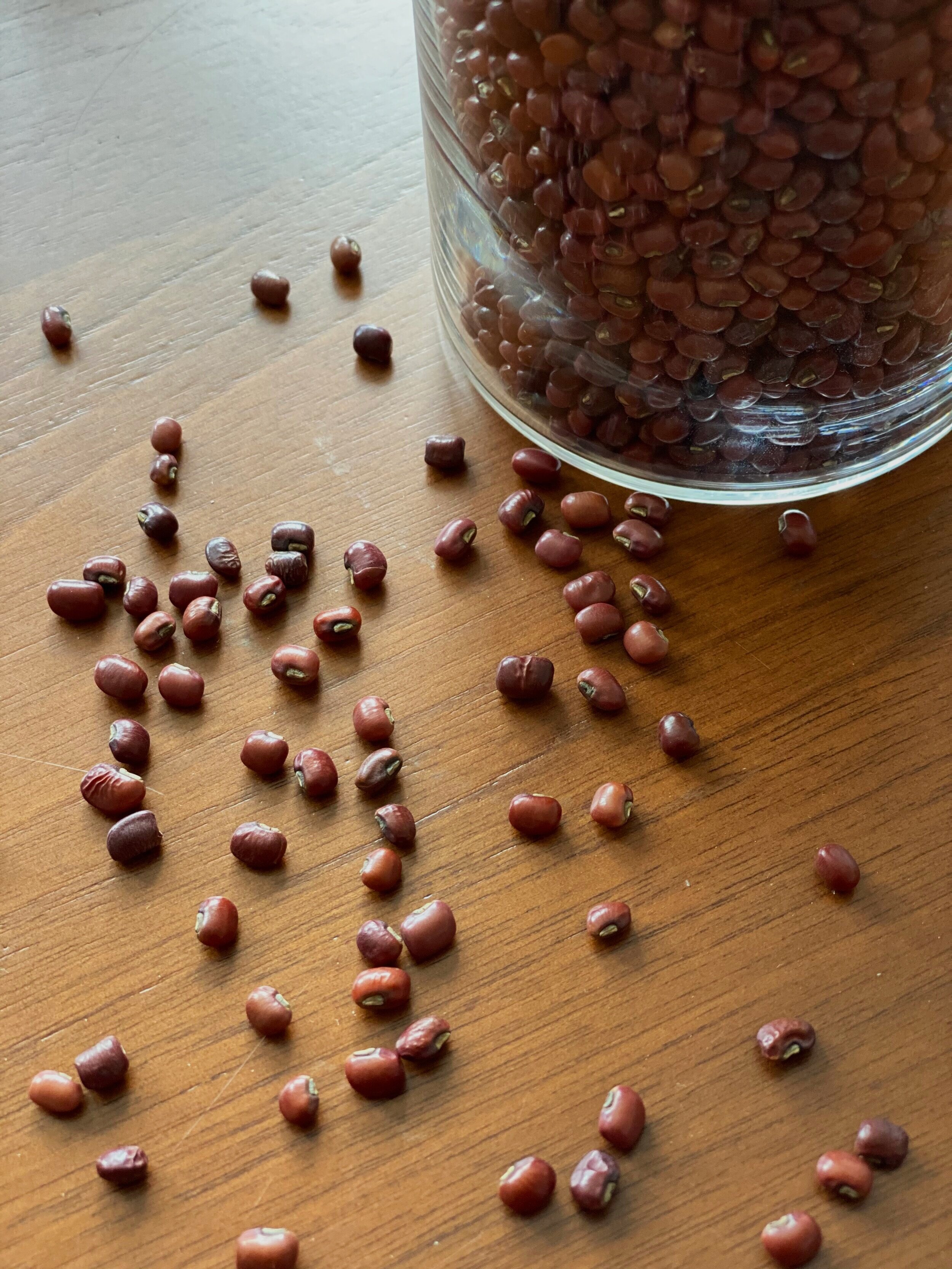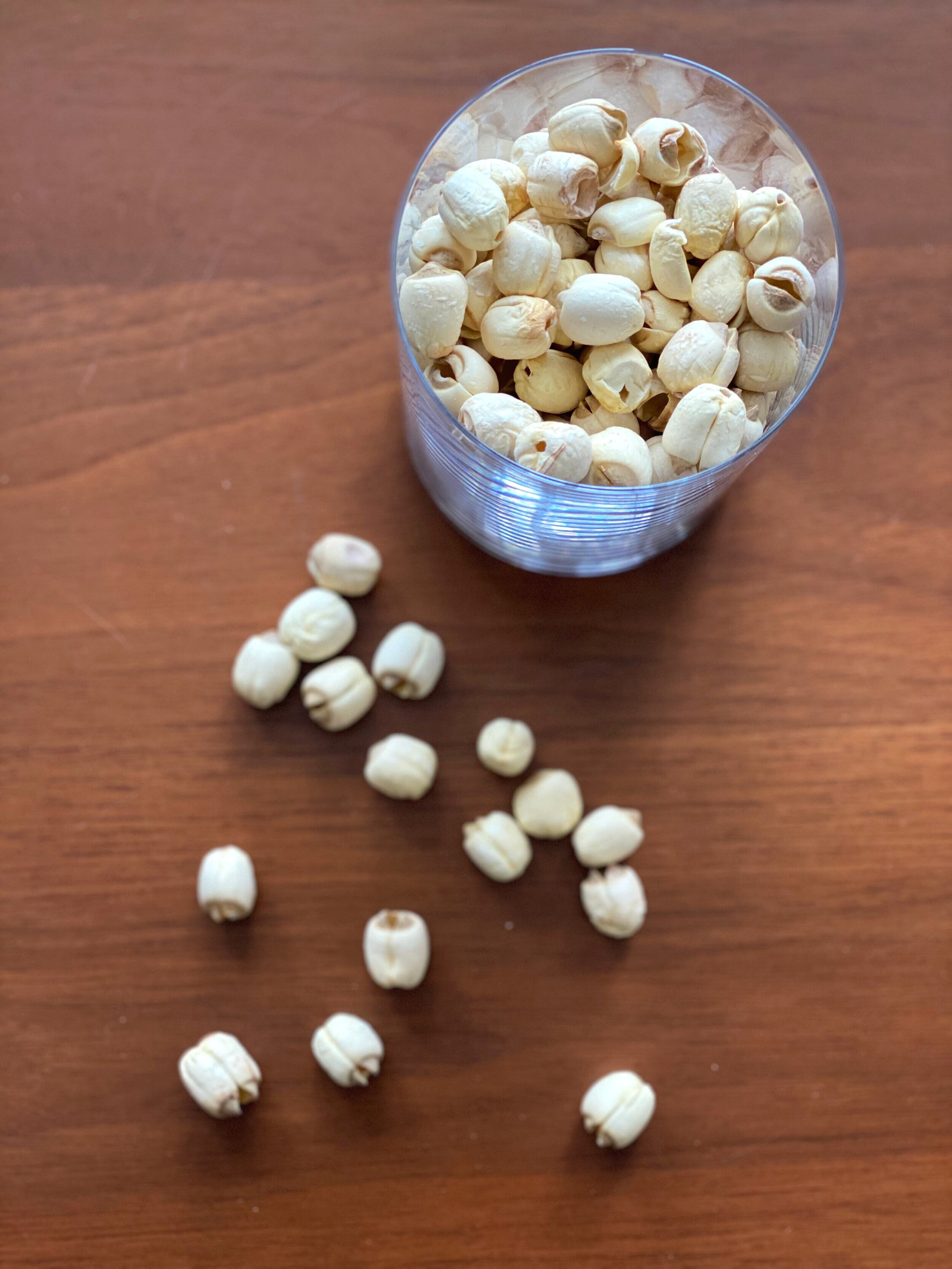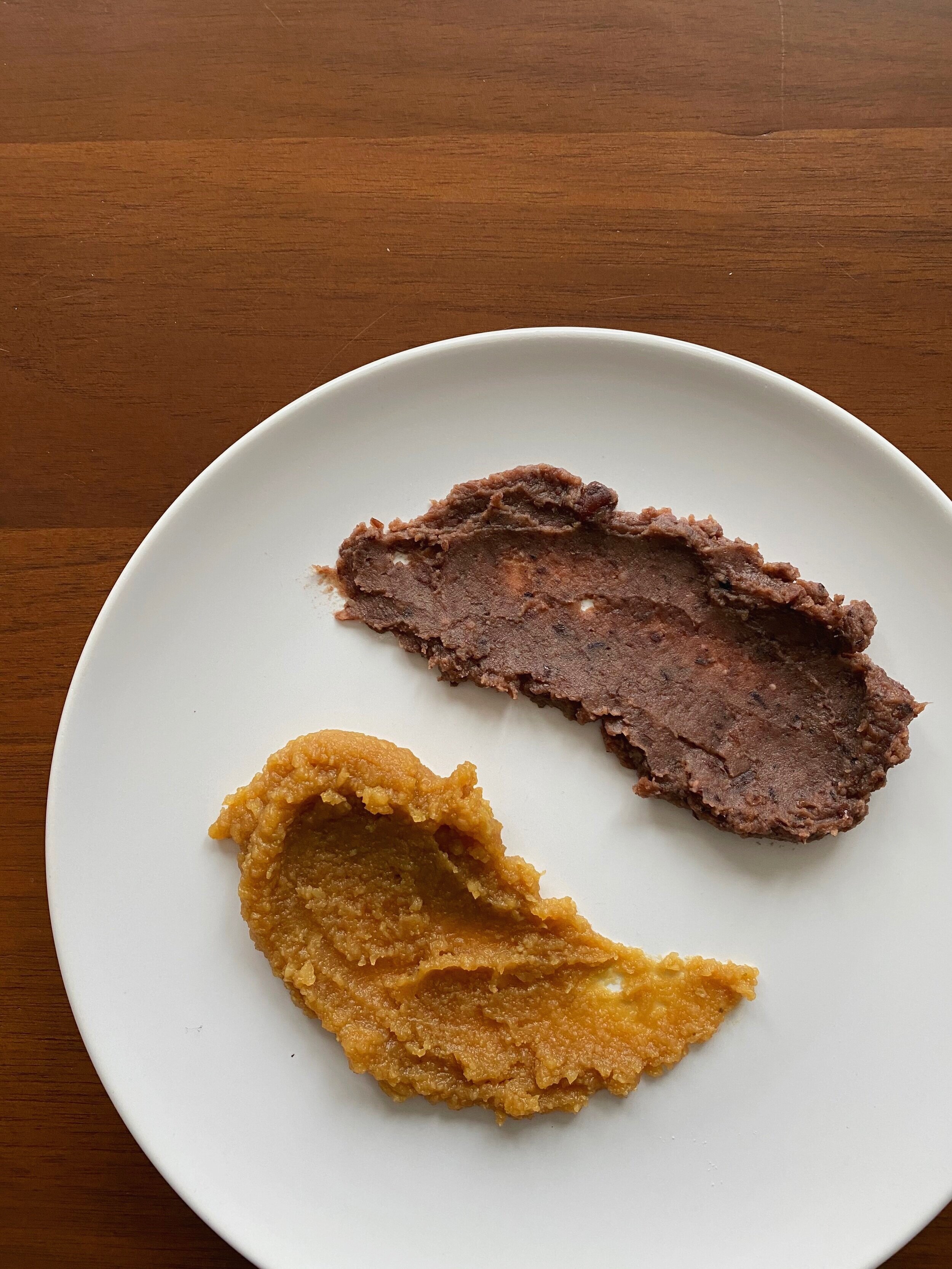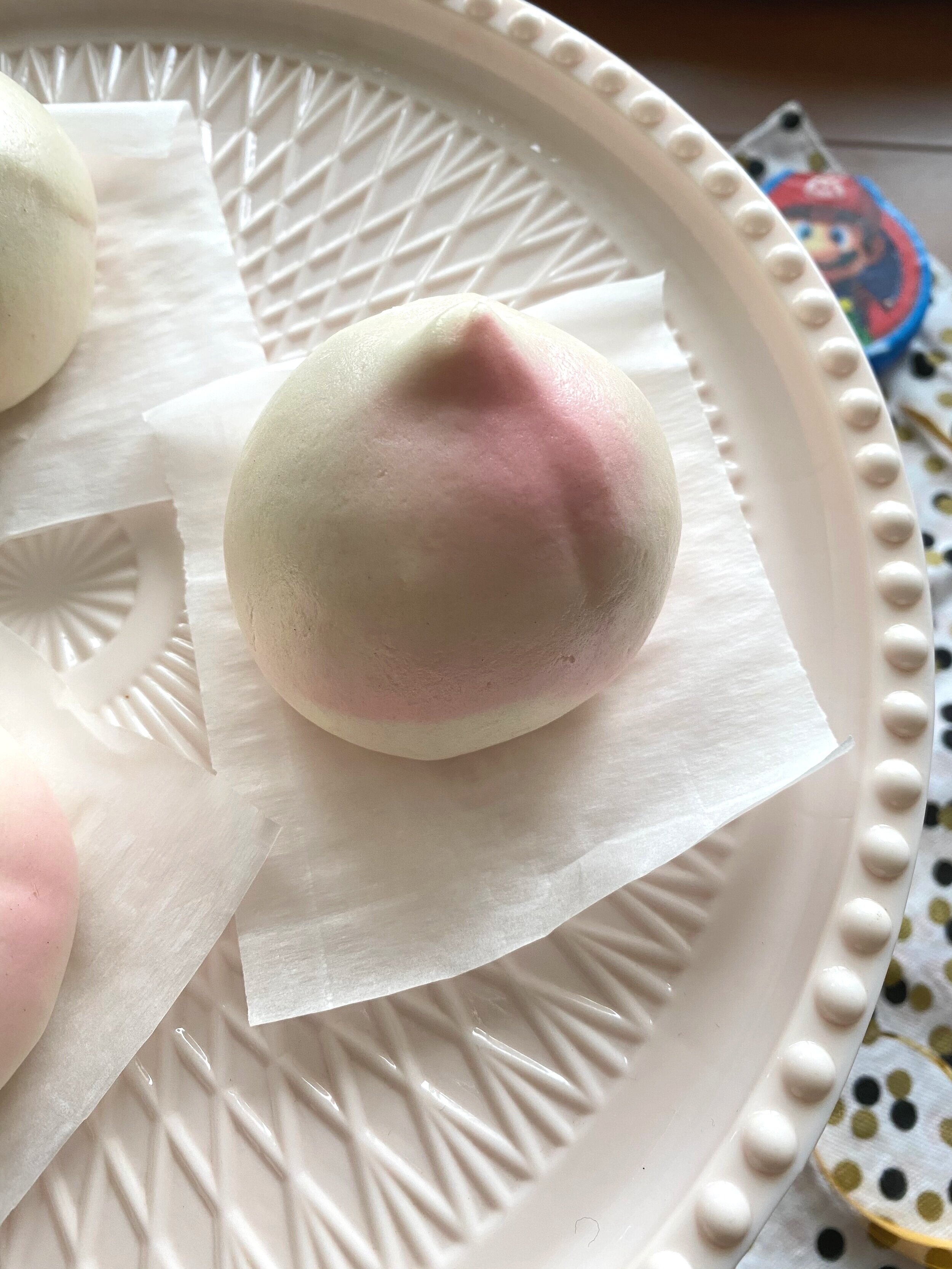longevity peach buns
Move over birthday cake, make room for birthday buns!
When my great grandmother would celebrate her birthday, we would always have a tray of these plump little peach buns. They would be filled with a choice of sweetened lotus paste or red bean paste. Never too sweet but never under whelming either. I would carefully removed the piece of paper underneath the pillowy soft bun. Just to coddle it in my hand for a few seconds before taking a small bite.
Decades later, we celebrate my grandmother’s birthday with a platter of these each year after her birthday feast. She prefers the sweetened lotus paste to the red bean. Developing this recipe was very special because I am able to control how much sugar is used to make this filling. Although she has diabetes, we still celebrate with her with this sweet treat because in the Chinese culture, these buns represent longevity.
In Cantonese, we call them shao tou baos, 壽桃包, which means longevity peach buns. In ancient China, members of the royal family would often seek ways to obtain immortality. They believed that peaches were the secret to this divine God like life. Nowadays, we bless our elders with this buns for their birthday in hopes that they too will be around for a long time.
Why the Super Mario candle in the corner?
About 7 years ago, we were searching for a big colorful candle because the traditional skinny ones reminded my grandmother of incense sticks, which are only lit for the dead. I ran into my local Rite Aid and there it was! A nice smiley Mario that was chunky enough to stand on its own. I quickly purchased and ran over to the birthday celebration dinner. To everyone’s surprise that there was a cheery plumber on grandma’s platter of peach buns, she gave us the biggest surprise of all by knowing exactly who that was! She screamed that’s the little guy from the video game that you guys use to play on tv when you were very young. Ever since that day, we have included this candle in every birthday celebration. Only to light it for a very brief moment of time so we can continue this tradition for years to come.
Peach buns
Prep time: 45 minutes | Total time: 1 hour 45 minutes plus proofing
Yields: 20 small mini buns
Ingredients:
1/2 cup milk
1/2 cup warm water
1 1/4-ounce package active dry yeast , about heaping 2 tablespoons
6 tablespoons plus 1 teaspoon sugar
2 cups all-purpose flour, plus more for dusting
1 cup cake flour
1/2 teaspoon fine salt
1/2 teaspoon pure vanilla extract
2 tablespoons neutral oil, plus more for the bowl
1 1/4 cup sweetened lotus seed paste or sweetened red bean paste (recipe for both are below)
Pink food coloring
Toothpick or skewer
Instructions:
Heat 1/2 cup milk until warm, about 105 degrees F to 110 degrees F. Add to a small bowl, whisk together the water, active dry yeast and 1 teaspoon of the sugar. Let it sit until it becomes foamy on top, about 5 minutes.
Meanwhile, whisk together the all-purpose flour, cake flour, salt, vanilla extract and 6 tablespoons sugar into a large bowl. Create a well into the center and pour in the foamy yeast mixture and oil. Using a wooden spoon, stir until mixture is just combined.
Lightly dust a cleaned work surface with flour. Place the dough mixture and knead until dough is well combined, smooth and just slightly tacky, about 5 minutes. Brush another large bowl with neutral oil and place the dough ball inside. Cover with plastic wrap and using a sharpie, draw a circle outline of the dough ball on the plastic. This will help you know if the dough has doubled from its original size. Place in a wrap area and let proof for about 2 hours or until dough ball has doubled in size.
When dough is ready, transfer it to a clean countertop and divide into 20 small balls. When working with each dough ball, be sure to cover the remaining dough balls with a piece of plastic wrap. If not, the dough to dry out and harden. Take 1 ball of dough and roll out to a 3-inch round, fill with a scant tablespoon sweetened red bean paste or sweetened lotus seed paste. Slightly flatten the paste so that it’s not a perfect sphere, otherwise this might cause the dough to rip. Pinch a the side together to create a seam. Place the seam side down on a square of parchment paper. Pinch a little peak to create a the iconic peach point. Place on a rimmed baking sheet and cover with a clean dish towel while repeating with remaining dough.
Once all the buns are complete, cover with the clean dish towel and let proof for the second time, about 30 minutes. They should be slightly puffy and soft to touch. Meanwhile, fill a 5.5 quart Dutch oven or large wide pot with 3 inches of water to a boil.
Mix 1 drop of liquid pink food coloring with 2 tablespoons water. Once buns are done proofing. Gently brush a side of the bun with a sheer layer of pink. Use a toothpick or skewer to make a vertical indentation on the bun to resemble a peach. It should look like a ripe white piece when complete.
Put a drop or two of red food coloring in 1 Tbsp of water and use your finger to gently brush this on the lower part of the buns or on the top part.
To each layer of the bamboo steamer, add 4 buns along with the parchment square, making sure each bun is equally space. They will increase in size when steaming. Lower heat to medium and place the steamer rack directly on top of the Dutch oven or large wide pot. Steam until each bun is light and fluffy, 20-25 minutes. Using a finger to push down and it should bounce back when ready. If you have more than one layer, feel free to stack and steam as many layers are you prefer.
Once steamed, remove parchment square and celebrate with friends.
Special equipment:
Dutch oven or wide round pot
a bamboo steamer
4-inch parchment paper squares
Sweetened Lotus paste
Prep time: 25 minutes | Total time: 35 minutes plus soaking time
Yields: 3 cups
Ingredients:
1 10-ounce package of dried lotus seeds
3 tablespoons vegetable or neutral oil
1/4 cup maltose*
2 tablespoons molasses
1/4 teaspoon fine salt
Instructions:
Bring a large pot of water to boil.
Rinse the dried lotus seeds in a fine mesh strainer. Shake off excess water. Transfer to a large bowl and cover with 3 inches of the boiling water. Let soak until slightly soft, about 24 hours. No need to change out the water.
After the soak, drain the seeds and rinse under cold water. Transfer to a large saucepan and cover with 3 inches of cold water. Bring to a boil over high heat. Turn the heat down to medium low and let simmer for 2 hours. Checking often to make sure the water has not evaporated fully and stirring occasionally to prevent burning. After two hours, the seeds should be softened. You can check by mashing it with the side of a wooden spoon on the side of the saucepan. If not, add an additional 1 cup of water and let simmer for an additional 30 minutes to 1 hour. Drain well and reserve any cooking liquid. Let cool slightly.
Let cool slightly and add half the cooked seeds into the carafe of a blender. Add 1/4 cup of water and blend until slightly smooth. Add the additional half with any residue water from the saucepan. If all the liquid was cooked out, add 1/4 cup of water. Scraping the sides of the carafe as needed. Continue to blend until desired consistency.
Heat the vegetable oil in a large nonstick skillet or wok over medium high heat. Once oil is hot, add the lotus seed paste and fry it slightly, about 1 minute. Flatten it out like a pancake with a rubber spatula. Turn the heat down to medium and add the maltose. Stir into the lotus paste until well incorporated. Add the molasses and salt, stir until well combined, about 1 minute. Add more maltose if you prefer it to be sweeter.
Let cool completely and transfer to an air tight container. This sweetened lotus seed paste can be frozen for up to 3 months or store in the fridge for up to 1 week. Uses for paste are listed in Cook’s Notes.
sweetened red bean paste
Prep time: 20 minutes | Total time: 2 hours 20 minutes plus soaking time
Yields: 4 cups
Ingredients:
1 12-ounce package of dried red beans aka azuki beans*
3/4 cup dark brown sugar
1/2 cup granulated sugar
1/4 teaspoon fine salt
Instructions:
Bring a large pot of water to boil.
Rinse the dried red beans in a fine mesh strainer. Shake off excess water. Transfer to a large bowl and cover with 3 inches of the boiling water. Let soak until slightly soft, about 24 hours. No need to change out the water.
After the soak, drain the beans and rinse under cold water. Transfer to a large saucepan and cover with 3 inches of cold water. Bring to a boil over high heat. Turn the heat down to medium low and let simmer for 1 hour. Checking often to make sure the water has not evaporated fully and stirring occasionally to prevent burning. After an hour, the beans should be softener then the 24 hour soak. You can check by mashing it with the side of a wooden spoon on the side of the saucepan.
Stir in the sugars and add enough cold water to cover the beans by 1-inch. Bring to a boil and let simmer for an additional hour, stirring occasionally. The beans should be soften and mushy. If not, add an additional 1 cup of water and let simmer for an additional 30 minutes to 1 hour.
Let cool slightly and add half the cooked beans into the carafe of a blender. Add 1/4 cup of water and blend until slightly smooth. Add the additional half with any residue water from the saucepan. If all the liquid was cooked out, add 1/2 cup of water. Scraping the sides of the carafe as needed. Continue to blend until desired consistency.
Let cool completely and transfer to an air tight container. This sweetened bean paste can be frozen for up to 3 months or store in the fridge for up to 1 week. Uses for paste are listed in Cook’s Notes.
Cook’s Note
Make ahead tip: Steam all the buns and let cool completely before placing them in a zip top bag. Pop into the freezer for up to 1 month.
To reheat: Place into a steamer basket and steam until warm through, about 15 minutes.
Sweetened Red Bean Paste
You might recognize this paste from the ever so popular, Taiyaki. Which is a Japanese fish-shaped cake. It imitates the shape of the tai, which it is named after. This paste can be used as a topping for ice cream or perfect stir ins for pancakes, quick-breads and cake filling.
Sweetened Lotus Seed Paste
Have you ever enjoyed fried sesame balls during dim sum or mooncakes during Mid-Autumn Festival and wondered what was inside? Well it’s sweetened lotus paste, 蓮蓉! The traditional consistency is a velvety puree however, I like to keep my slightly chunky for texture. It’s really a personal preference. If you would like to achieve the smooth paste, you can always pass it through a fine mesh strainer. This paste can be used as a perfect stir ins for pancakes, quick-breads and cake filling. My personal favorite is a spread for buttery toast!






